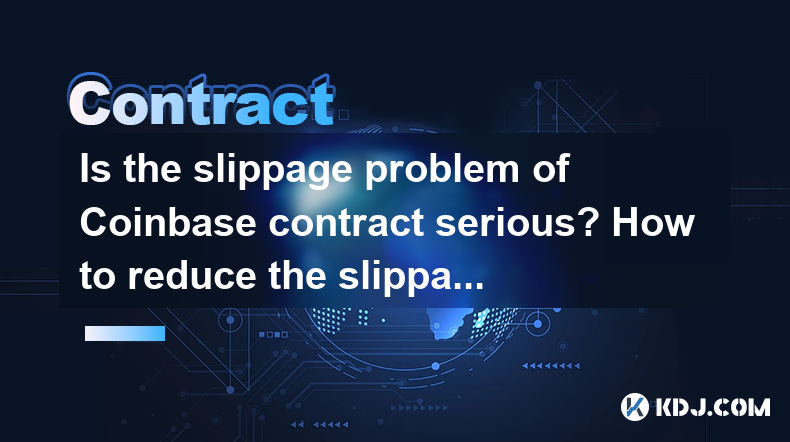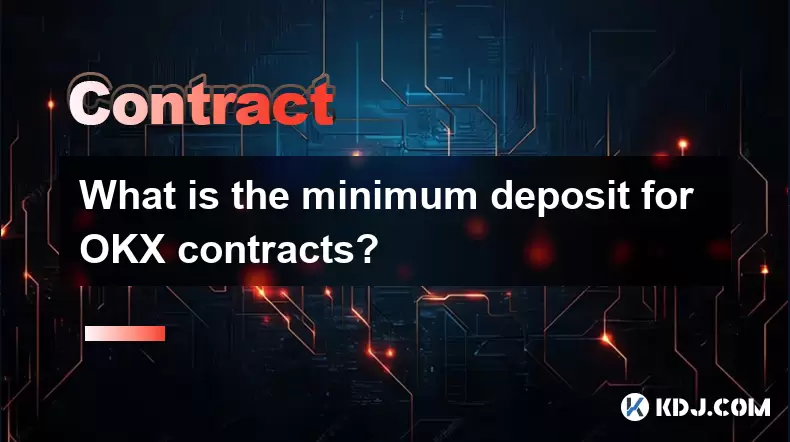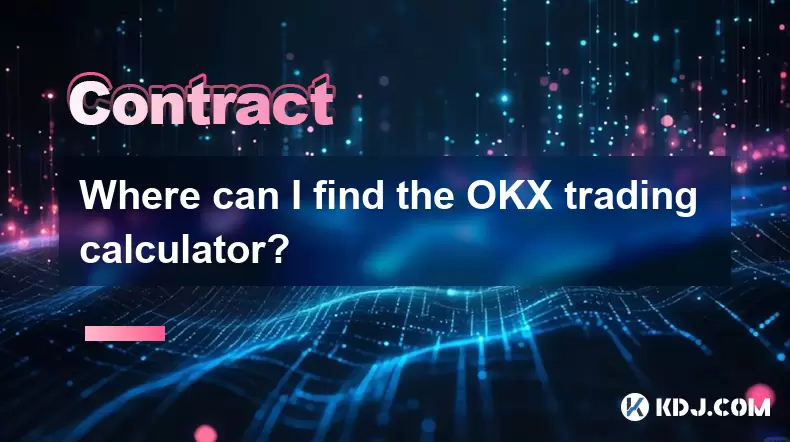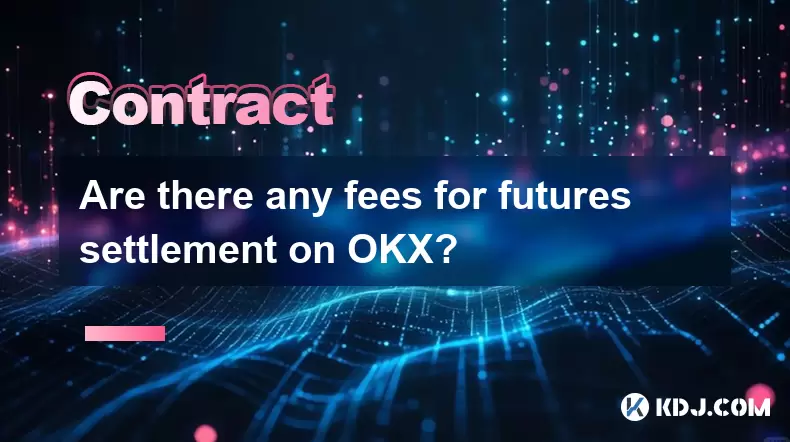-
 Bitcoin
Bitcoin $117500
2.15% -
 Ethereum
Ethereum $3911
6.19% -
 XRP
XRP $3.316
10.79% -
 Tether USDt
Tether USDt $1.000
0.01% -
 BNB
BNB $787.2
2.24% -
 Solana
Solana $175.2
4.15% -
 USDC
USDC $0.9999
0.00% -
 Dogecoin
Dogecoin $0.2225
8.40% -
 TRON
TRON $0.3383
0.28% -
 Cardano
Cardano $0.7868
6.02% -
 Stellar
Stellar $0.4382
9.34% -
 Hyperliquid
Hyperliquid $40.92
7.56% -
 Sui
Sui $3.764
7.63% -
 Chainlink
Chainlink $18.48
10.66% -
 Bitcoin Cash
Bitcoin Cash $582.1
1.88% -
 Hedera
Hedera $0.2601
6.30% -
 Avalanche
Avalanche $23.33
4.94% -
 Ethena USDe
Ethena USDe $1.001
0.02% -
 Litecoin
Litecoin $122.3
2.04% -
 UNUS SED LEO
UNUS SED LEO $8.969
-0.27% -
 Toncoin
Toncoin $3.339
0.86% -
 Shiba Inu
Shiba Inu $0.00001287
4.30% -
 Uniswap
Uniswap $10.43
7.38% -
 Polkadot
Polkadot $3.861
5.08% -
 Dai
Dai $1.000
0.02% -
 Bitget Token
Bitget Token $4.513
3.41% -
 Monero
Monero $267.7
-6.18% -
 Cronos
Cronos $0.1499
4.14% -
 Pepe
Pepe $0.00001110
5.15% -
 Aave
Aave $284.9
8.28%
Is the slippage problem of Coinbase contract serious? How to reduce the slippage of large transactions?
Slippage on Coinbase, influenced by market volatility and liquidity, can significantly impact large transactions; using limit orders and splitting orders helps mitigate this.
May 04, 2025 at 06:50 am

The slippage problem on Coinbase can be a significant issue for users, especially those dealing with large transactions. Slippage refers to the difference between the expected price of a trade and the price at which the trade is actually executed. This discrepancy can occur due to market volatility, liquidity issues, or delays in transaction processing. For users on Coinbase, understanding and managing slippage is crucial to ensure they are not adversely affected by these factors.
Understanding Slippage on Coinbase
Slippage on Coinbase can be influenced by several factors. Market volatility is a primary cause, as rapid price changes can lead to significant differences between the time a trade is initiated and when it is executed. Liquidity also plays a critical role; if there is insufficient liquidity for a particular cryptocurrency, larger orders can move the market price, resulting in higher slippage. Additionally, order book depth on Coinbase can affect slippage, as shallow order books can lead to larger price impacts from trades.
Impact of Slippage on Large Transactions
For users executing large transactions on Coinbase, slippage can be particularly problematic. When a large order is placed, it may not be filled at a single price point, leading to a range of execution prices and, consequently, higher slippage. This is especially true for cryptocurrencies with lower liquidity, where a large order can significantly move the market price. Understanding how to mitigate these effects is essential for users dealing with substantial volumes.
Strategies to Reduce Slippage on Coinbase
There are several strategies that users can employ to reduce slippage on Coinbase, particularly for large transactions. One approach is to use limit orders instead of market orders. Limit orders allow users to specify the price at which they are willing to buy or sell, potentially reducing the impact of market volatility. Another strategy is to split large orders into smaller ones, which can be executed over time to minimize market impact.
Using Limit Orders to Minimize Slippage
To use limit orders effectively on Coinbase and reduce slippage, follow these steps:
- Log into your Coinbase account and navigate to the trading section.
- Select the cryptocurrency you wish to trade and click on the "Buy" or "Sell" option.
- Choose "Limit Order" from the order type options.
- Enter the price at which you want the order to be executed. This price should reflect your target to minimize slippage.
- Set the amount of cryptocurrency you want to buy or sell.
- Review your order and click "Place Order" to submit it to the market.
Using limit orders can help you control the price at which your trades are executed, thereby reducing the risk of slippage.
Splitting Large Orders
Splitting large orders into smaller ones is another effective method to reduce slippage on Coinbase. Here's how you can do it:
- Determine the total amount of cryptocurrency you want to trade.
- Divide the total amount into smaller, manageable chunks. For example, if you want to buy 10 BTC, you might split it into 10 orders of 1 BTC each.
- Set up a schedule for placing these orders. You might choose to place them at regular intervals throughout the day or week.
- Monitor the market and adjust your strategy as needed. If you notice significant price movements, you might need to adjust the size or timing of your orders.
By spreading out your trades, you can reduce the market impact of your orders and minimize slippage.
Using Advanced Order Types
Coinbase offers advanced order types that can help users manage slippage. One such type is the stop-limit order, which combines the features of a stop order and a limit order. A stop-limit order is triggered when the market price reaches a specified stop price, at which point it becomes a limit order. This can help users execute trades at their desired price levels, reducing the risk of slippage.
To set up a stop-limit order on Coinbase:
- Log into your Coinbase account and go to the trading section.
- Select the cryptocurrency you want to trade and click on "Buy" or "Sell".
- Choose "Stop-Limit Order" from the order type options.
- Enter the stop price at which you want the order to be triggered.
- Enter the limit price at which you want the order to be executed.
- Set the amount of cryptocurrency you want to trade.
- Review your order and click "Place Order" to submit it to the market.
Using stop-limit orders can provide more control over trade execution and help minimize slippage.
Monitoring Market Conditions
Monitoring market conditions is crucial for managing slippage on Coinbase. Users should keep an eye on market trends, liquidity levels, and order book depth to make informed trading decisions. Tools such as trading charts, real-time market data, and liquidity indicators can help users assess the current state of the market and adjust their trading strategies accordingly.
Frequently Asked Questions
Q: Can slippage be completely eliminated on Coinbase?
A: While slippage cannot be completely eliminated, users can employ various strategies to minimize its impact. Using limit orders, splitting large orders, and monitoring market conditions are effective ways to reduce slippage.
Q: Does Coinbase offer any tools specifically designed to help manage slippage?
A: Coinbase provides advanced order types like limit orders and stop-limit orders, which can help users manage slippage. However, it does not offer specific tools solely dedicated to slippage management.
Q: How does slippage on Coinbase compare to other cryptocurrency exchanges?
A: Slippage can vary across different exchanges based on factors such as liquidity, market volatility, and order book depth. While Coinbase is known for its user-friendly interface and security, users may experience different levels of slippage compared to other platforms depending on the specific market conditions and trading volumes.
Q: Are there any fees associated with using limit orders to reduce slippage on Coinbase?
A: Coinbase charges trading fees based on the transaction volume and the type of order. Limit orders may incur the same fees as market orders, depending on the user's fee tier. It's important to review Coinbase's fee structure to understand any potential costs associated with using different order types.
Disclaimer:info@kdj.com
The information provided is not trading advice. kdj.com does not assume any responsibility for any investments made based on the information provided in this article. Cryptocurrencies are highly volatile and it is highly recommended that you invest with caution after thorough research!
If you believe that the content used on this website infringes your copyright, please contact us immediately (info@kdj.com) and we will delete it promptly.
- Tron's Sell-Off Spurs Altcoin Shift: What's Next for TRX?
- 2025-08-08 08:30:12
- Sleep Token's US Takeover: Thornhill Rides the 'Even In Arcadia' Wave
- 2025-08-08 08:30:12
- FTT Token's Wild Ride: Creditor Repayments vs. Market Drop - A New Yorker's Take
- 2025-08-08 07:10:12
- Floki Crypto Price Prediction: Riding the Robinhood Rocket or Just a Meme?
- 2025-08-08 07:15:12
- EigenLayer, Restaking, and Ethereum: Navigating the Hype and the Hazards
- 2025-08-08 06:30:12
- Super Bowl 59: Jon Batiste to Jazz Up the National Anthem
- 2025-08-08 06:30:12
Related knowledge

What are the specific maker and taker fees on KuCoin Futures?
Aug 08,2025 at 08:28am
Understanding Maker and Taker Fees on KuCoin FuturesWhen trading on KuCoin Futures, users encounter two primary types of fees: maker fees and taker fe...

What is the minimum deposit for OKX contracts?
Aug 08,2025 at 07:00am
Understanding OKX Contract Trading BasicsOKX is one of the leading cryptocurrency derivatives exchanges, offering a wide range of perpetual and future...

Where can I find the OKX trading calculator?
Aug 08,2025 at 07:49am
Understanding the OKX Trading Calculator FunctionalityThe OKX trading calculator is a powerful analytical tool designed to assist traders in estimatin...

What are the available trading pairs for OKX futures?
Aug 08,2025 at 08:49am
Understanding OKX Futures Trading PairsOKX is one of the leading cryptocurrency derivatives exchanges, offering a wide range of futures trading pairs ...

Are there any fees for futures settlement on OKX?
Aug 08,2025 at 05:35am
Understanding Futures Settlement on OKXFutures settlement on OKX refers to the process by which open futures contracts are automatically closed or mar...

How to use the OKX margin calculator for futures?
Aug 08,2025 at 05:15am
Understanding the OKX Margin Calculator for FuturesThe OKX margin calculator is a specialized tool designed to assist traders in estimating the requir...

What are the specific maker and taker fees on KuCoin Futures?
Aug 08,2025 at 08:28am
Understanding Maker and Taker Fees on KuCoin FuturesWhen trading on KuCoin Futures, users encounter two primary types of fees: maker fees and taker fe...

What is the minimum deposit for OKX contracts?
Aug 08,2025 at 07:00am
Understanding OKX Contract Trading BasicsOKX is one of the leading cryptocurrency derivatives exchanges, offering a wide range of perpetual and future...

Where can I find the OKX trading calculator?
Aug 08,2025 at 07:49am
Understanding the OKX Trading Calculator FunctionalityThe OKX trading calculator is a powerful analytical tool designed to assist traders in estimatin...

What are the available trading pairs for OKX futures?
Aug 08,2025 at 08:49am
Understanding OKX Futures Trading PairsOKX is one of the leading cryptocurrency derivatives exchanges, offering a wide range of futures trading pairs ...

Are there any fees for futures settlement on OKX?
Aug 08,2025 at 05:35am
Understanding Futures Settlement on OKXFutures settlement on OKX refers to the process by which open futures contracts are automatically closed or mar...

How to use the OKX margin calculator for futures?
Aug 08,2025 at 05:15am
Understanding the OKX Margin Calculator for FuturesThe OKX margin calculator is a specialized tool designed to assist traders in estimating the requir...
See all articles

























































































